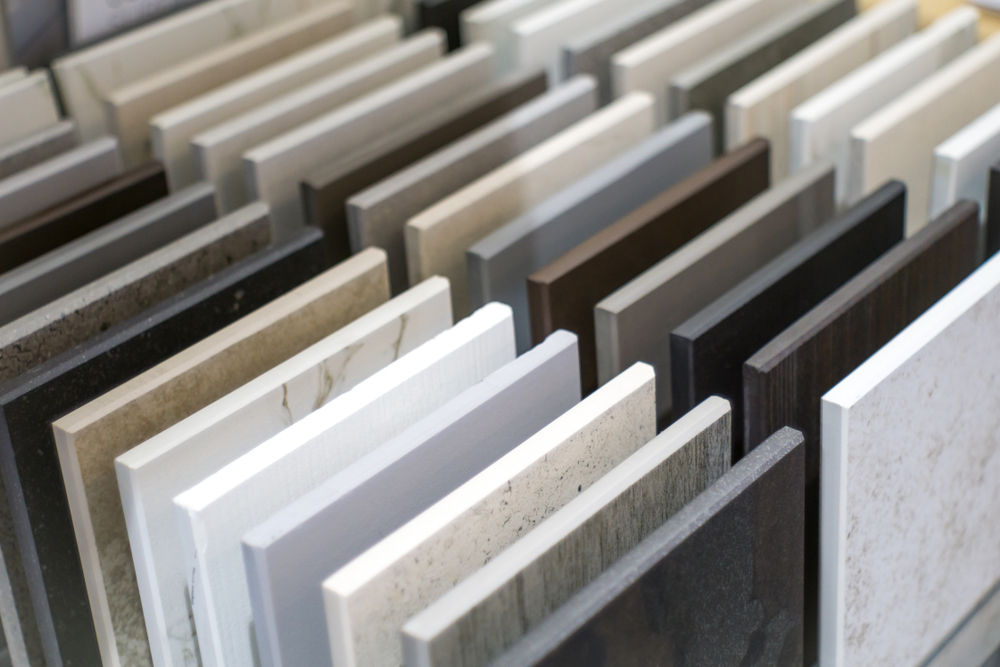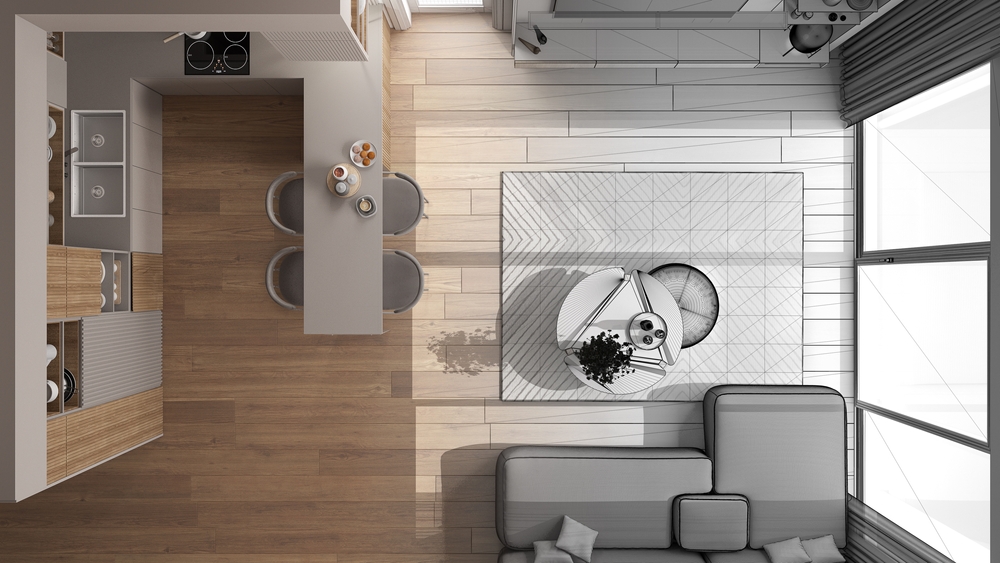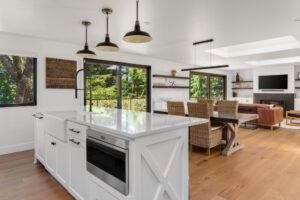Embarking on a home remodeling project is an exciting endeavor, offering the chance to breathe new life into your living space. Whether you’re renovating a single room or tackling a full home transformation, the materials you choose play a pivotal role in the final outcome.
From flooring to countertops, and from paint to fixtures, each decision contributes to the aesthetics, functionality, and durability of your revamped home. So before you choose your expert for custom home remodeling in Narragansett, RI, read on for ten tips for selecting the right materials.
How do I select materials for my home remodel?
Choosing materials for your home improvement project can be overwhelming, but with careful consideration, the process becomes more manageable. Here are ten essential tips you can make informed decisions that bring your remodeling vision to life:
1. Define your style and vision
Before diving into the world of materials, take time to define your style and vision for the remodel. Are you drawn to a modern and minimalist aesthetic, or do you prefer a cozy and traditional atmosphere? Understanding your preferences will guide your choices and ensure a cohesive look throughout your home.
2. Consider functionality
Functionality should be a top priority. Consider the purpose of the space you’re remodeling. For high-traffic areas like kitchens and bathrooms, opt for materials that are durable, moisture-resistant, and easy to clean. In living areas, prioritize comfort and aesthetics while maintaining practicality.
3. Establish a budget
Remodeling projects can quickly escalate in cost if not carefully managed. Set a budget before delving into the selection. Research the average costs of materials you’re interested in and allocate your budget accordingly. Keep in mind that quality often translates to longer-lasting results, potentially saving you money on replacements and repairs in the long run.
4. Research material options
The world of remodeling materials is vast, and each has its own advantages and disadvantages. Research options for flooring, countertops, cabinetry, paint, and other elements. Consider factors such as maintenance requirements, longevity, and how well the material complements your desired style.
5. Prioritize sustainability
In an increasingly eco-conscious world, choosing sustainable materials is a responsible and forward-thinking decision. Look for ones that are sourced ethically, have a low environmental impact, and are recyclable or biodegradable. Sustainable materials not only benefit the planet but can also enhance the indoor air quality of your home.
6. Test samples
Never make decisions based solely on online images or descriptions. Request samples of materials you’re considering and see how they look in your space. Lighting, existing furnishings, and surrounding colors can all influence how a material appears in your home.
7. Cohesive color palette
Maintain a cohesive color palette throughout your remodel to create a harmonious and visually pleasing environment. Choose materials that complement each other and avoid clashing colors. If you’re unsure, consult color theory resources or enlist the help of a professional for interior design.
8. Seek professional advice
If you’re uncertain about which to choose, don’t hesitate to seek advice from professionals. Interior designers, architects, and contractors can provide valuable insights based on their experience. They can help you make informed decisions that align with your vision and budget.
9. Longevity and maintenance
Consider the long-term implications of your choices. Some materials require more maintenance than others. Factor in the time and effort you’re willing to invest in cleaning, repairs, and upkeep. Opt for materials that align with your maintenance preferences and lifestyle.
10. Visualize the big picture
When selecting materials, it’s crucial to visualize the big picture. Imagine how all the chosen ones will come together in the completed space. Create mood boards or use digital tools to mock up your design ideas. This visualization will help you identify any inconsistencies or clashes in your choices.
Where can I find the best custom home remodeling in Narragansett, RI?
There are many reasons why it’s better to remodel than move out, and Northeast Kitchen Remodel & Design Build is here to help! With a dedicated team of architects, designers, and skilled craftsmen, we seamlessly blend creativity with functionality to create spaces that inspire and endure.
Whether it’s revitalizing an old property or creating an open concept space near Point Judith Lighthouse that invites seamless interaction, our team is committed to innovation and attention to detail. Reach out to us today!



